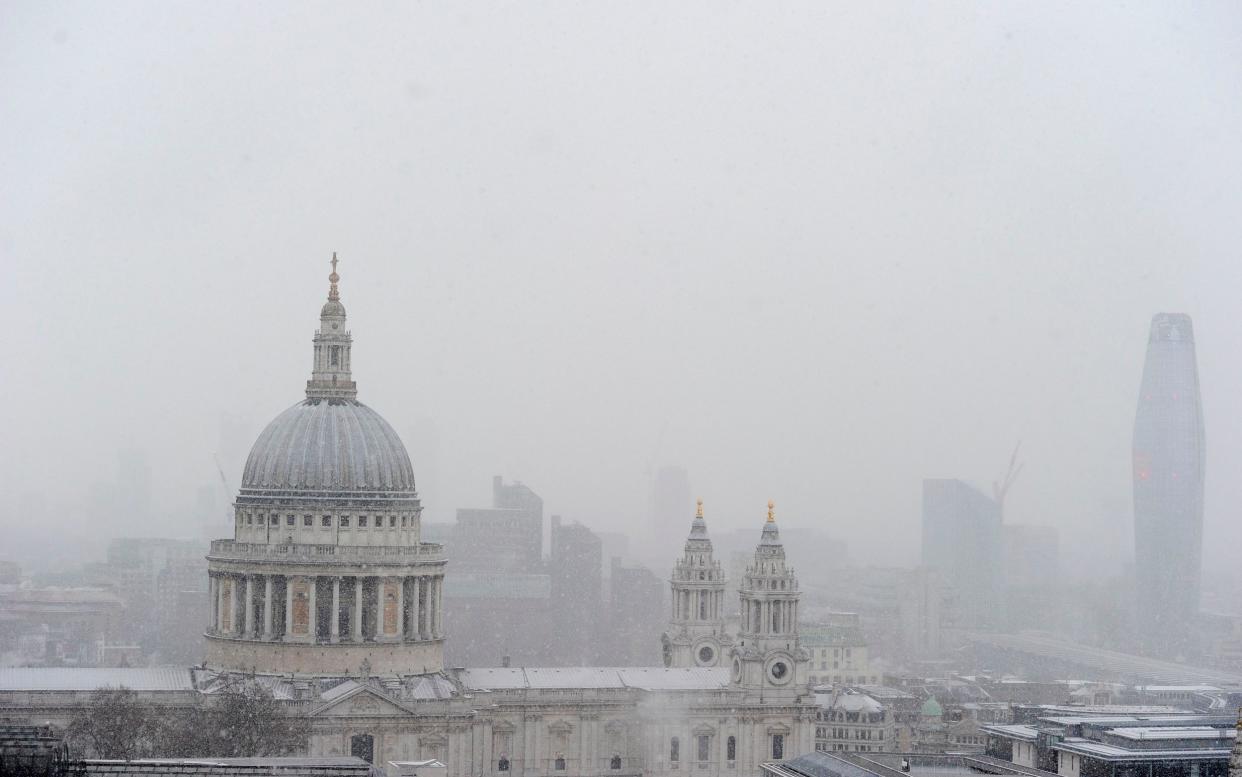Coronavirus thrives at 4C, scientists find, raising fears of winter resurgence


Coronavirus spreads fastest at 4ºC, government scientists have decided, amid mounting concern over the threat of a winter resurgence.
The Scientific Advisory Group for Emergencies (Sage) is understood to be focusing on the precise temperature as Melbourne, which is currently in its coldest month, re-entered a six-week lockdown due to a steep spike in cases, as shown below.
On Friday, a senior member said Covid-19 “likes” four degrees best - “it survives well at four degrees [celsius]”.
The view, which helps explain how the virus exploded around the UK in February and March, was later supported by independent scientists.
It reflects a growing consensus that heat - in particular from sunlight - harms the virus’s ability to survive outside the body.

However, once below 4ºC, viral particles begin an intermittent freeze-thaw process which also hastens their decline.
The coldest months in Britain are January and February, when average temperatures have fluctuated between 3º and 5ºC in three of the last six winters.
Sage is understood to be increasingly confident that countries with temperate climates and with relatively severe flu seasons, such as Britain, will also be affected worse by Covid-19 in winter.
As such, members believe that lapses in social distancing are less harmful in the summer but will cause more significant damage to infection control as Christmas approaches.
“We can get away at the moment with a lot of things because it’s summer,” the member said.
“It will become very much tougher in the winter.”
The comments follow a number of outbreaks at meat processing plants, where temperatures are typically kept very cool, although some experts believe other factors may be playing a role.
Friday also saw the release of an evidence summary prepared for Sage on June 12 which found that the virus survives on outdoor surfaces 10 times longer in mid-winter compared to mid-summer.
Modelling showed that direct midday sunlight in London during the summer reduced infectivity of the virus by 90 per cent after 30 minutes, compared to 300.

Professor Paul Hunter, a University of East Anglia virus expert who led a review into the impact of temperature in 2017, said: “Viral inactivation is very temperature dependent.
“The higher the temperature the more rapid inactivation.”
“Why 4ºC? The answer is that below this temperature you start to get local freezing and thawing.
“Repeated thawing damages the virus.”
Released on Friday, the latest Covid-19 growth rates show that transmission in the UK dropped slightly in the last week.
The growth rate has dropped to between minus five per cent and minus two per cent per day, compared with a rate of minus six per cet to 0 per cent per day last week.
There was some regional variation, with the growth rate in the East of England rising from between minus 5 to 0 per cent and minus 5 and positive 1 per cent.
The R value, which is the number of people each Covid-19 positive person goes on to infect, remains unchanged, sitting at between 0.7 and 0.9.
Professor James Naismith, director of the Rosalind Franklin Institute, said: "That the number of cases is falling slightly is to be welcomed.
"This suggests, that so far, relaxation of the lockdown has not precipitated a second wave.
"It has to be emphasised that no one knows what the safe level of relaxation is for the UK and there is a delay between action and consequence. The virus is here and we could easily see a surge in cases if a mistake is made."

 Yahoo News
Yahoo News 
